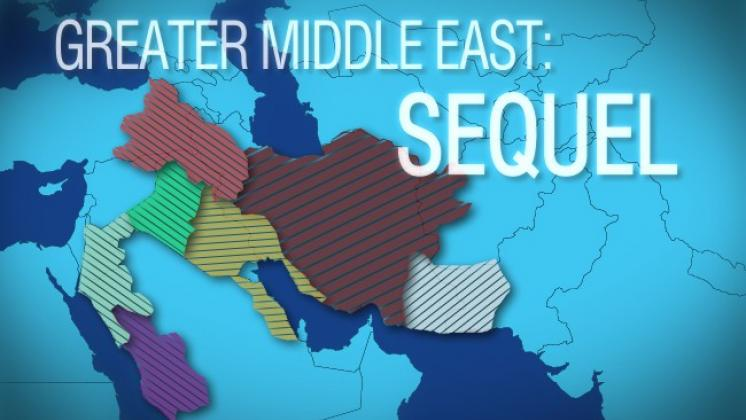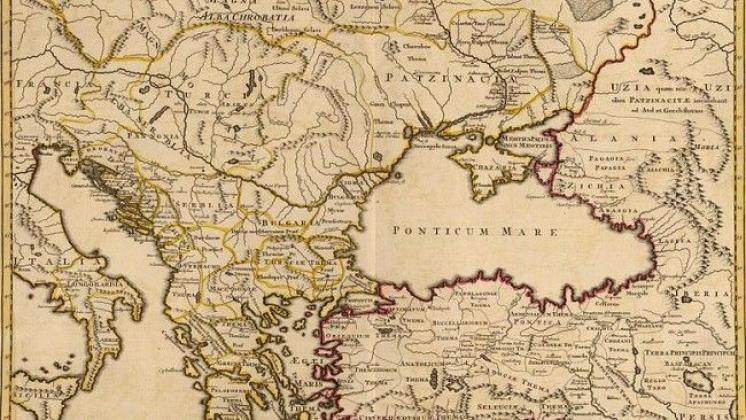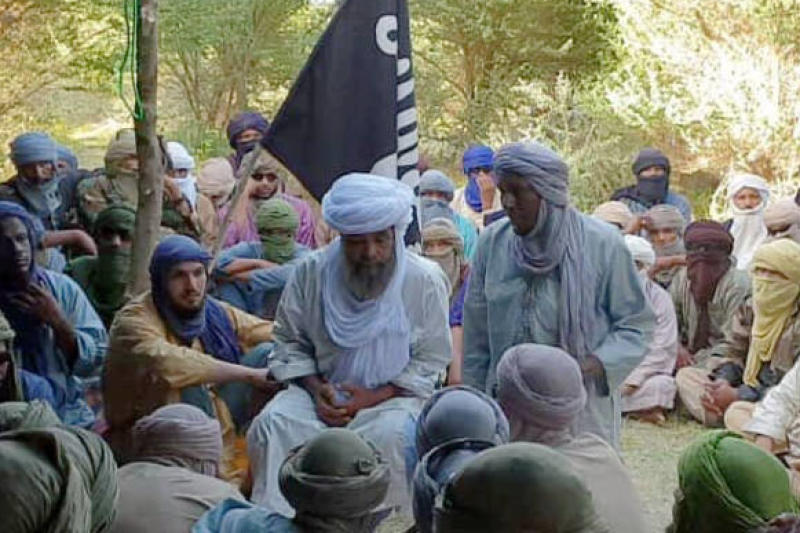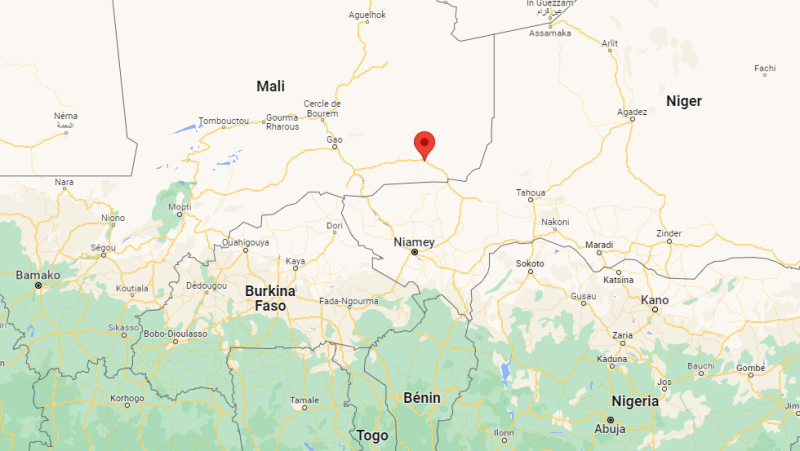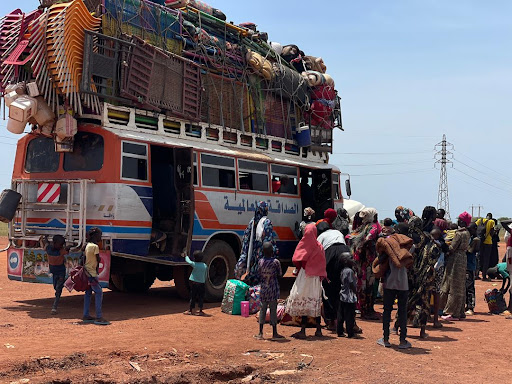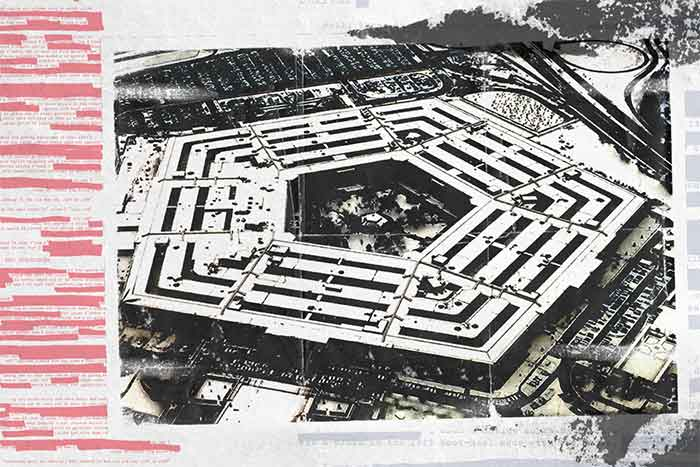The Zionist Plan for the Middle East
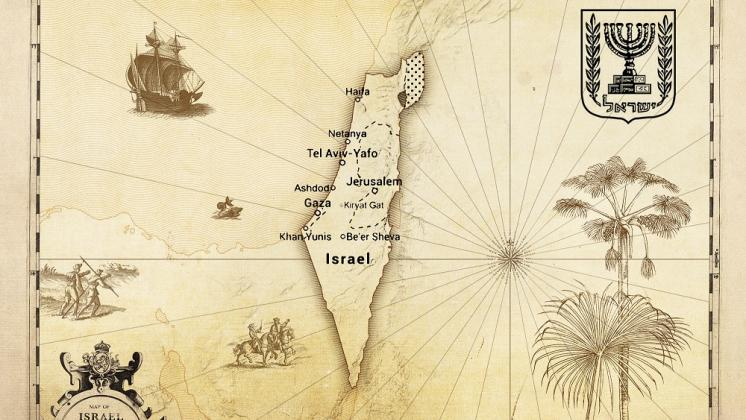
“A Strategy for Israel in the Nineteen Eighties”
Published by the Association of Arab-American University Graduates, Inc.
Belmont, Massachusetts, 1982
Special Document No. 1 (ISBN 0-937694-56-8)
Publisher’s Note
1
The Association of Arab-American University Graduates finds it compelling to inaugurate its new publication series, Special Documents, with Oded Yinon’s article which appeared in Kivunim (Directions), the journal of the Department of Information of the World Zionist Organization. Oded Yinon is an Israeli journalist and was formerly attached to the Foreign Ministry of Israel. To our knowledge, this document is the most explicit, detailed and unambiguous statement to date of the Zionist strategy in the Middle East. Furthermore, it stands as an accurate representation of the “vision” for the entire Middle East of the presently ruling Zionist regime of Begin, Sharon and Eitan. Its importance, hence, lies not in its historical value but in the nightmare which it presents.

